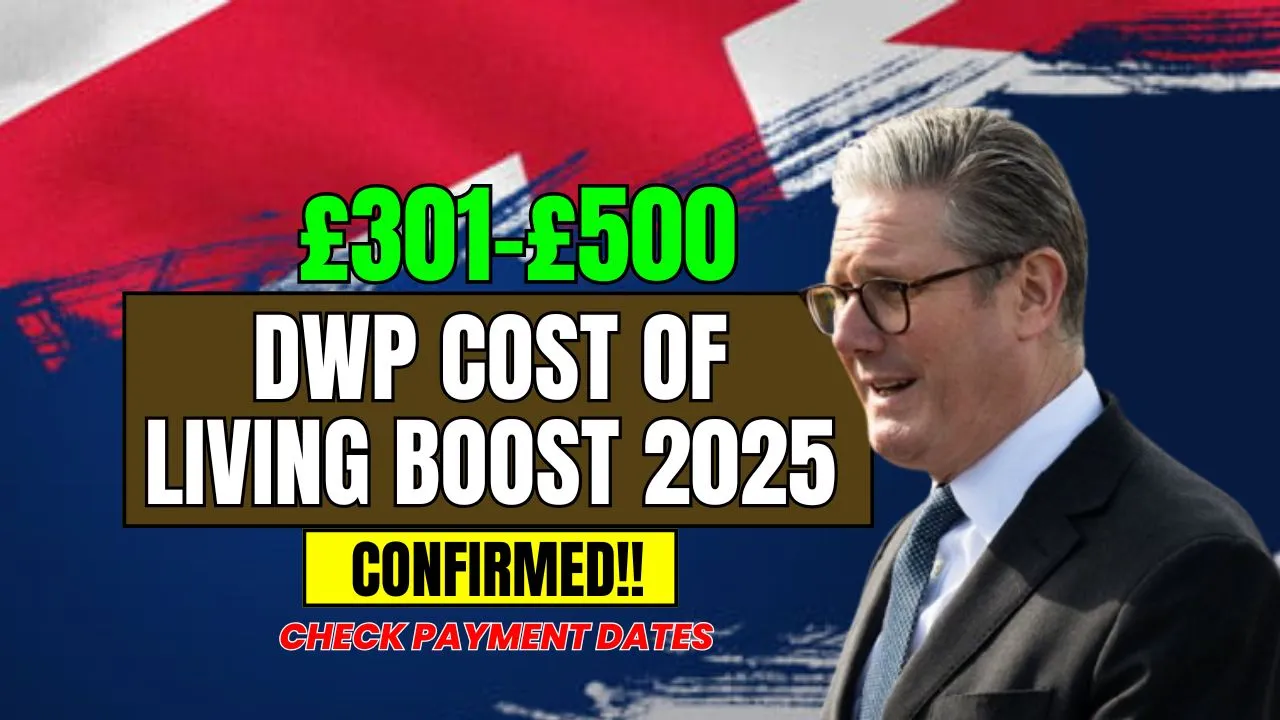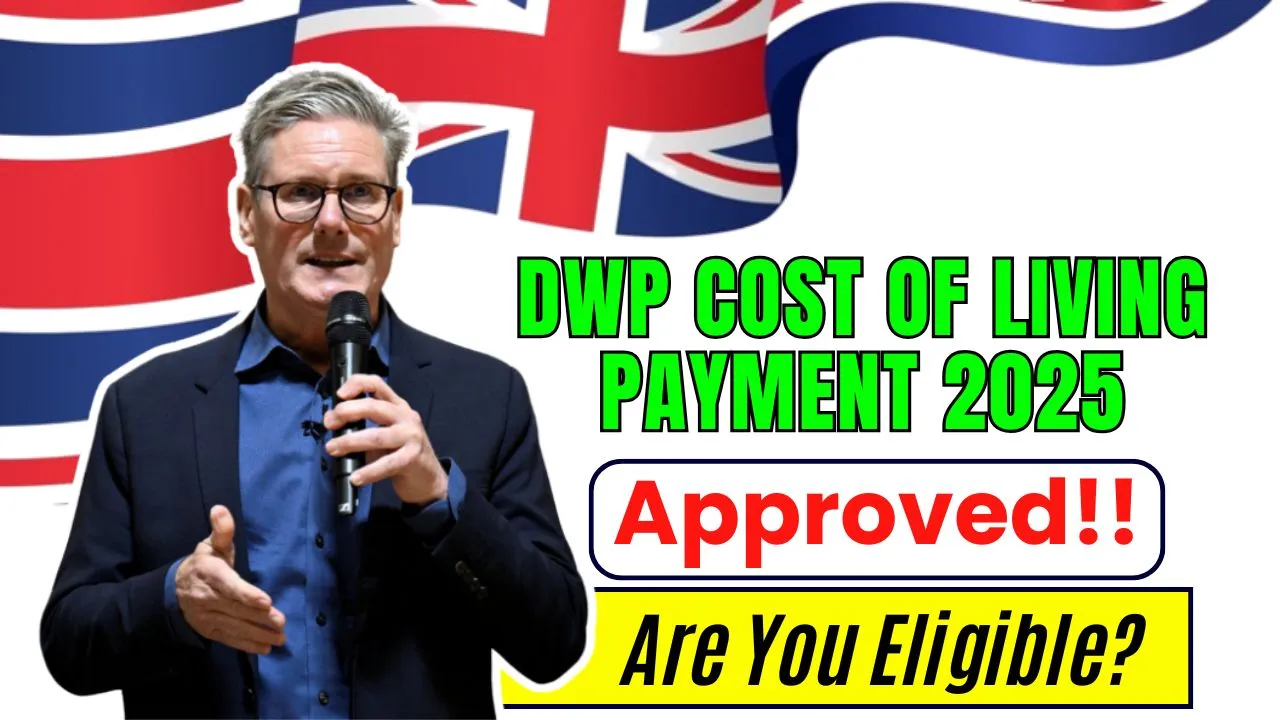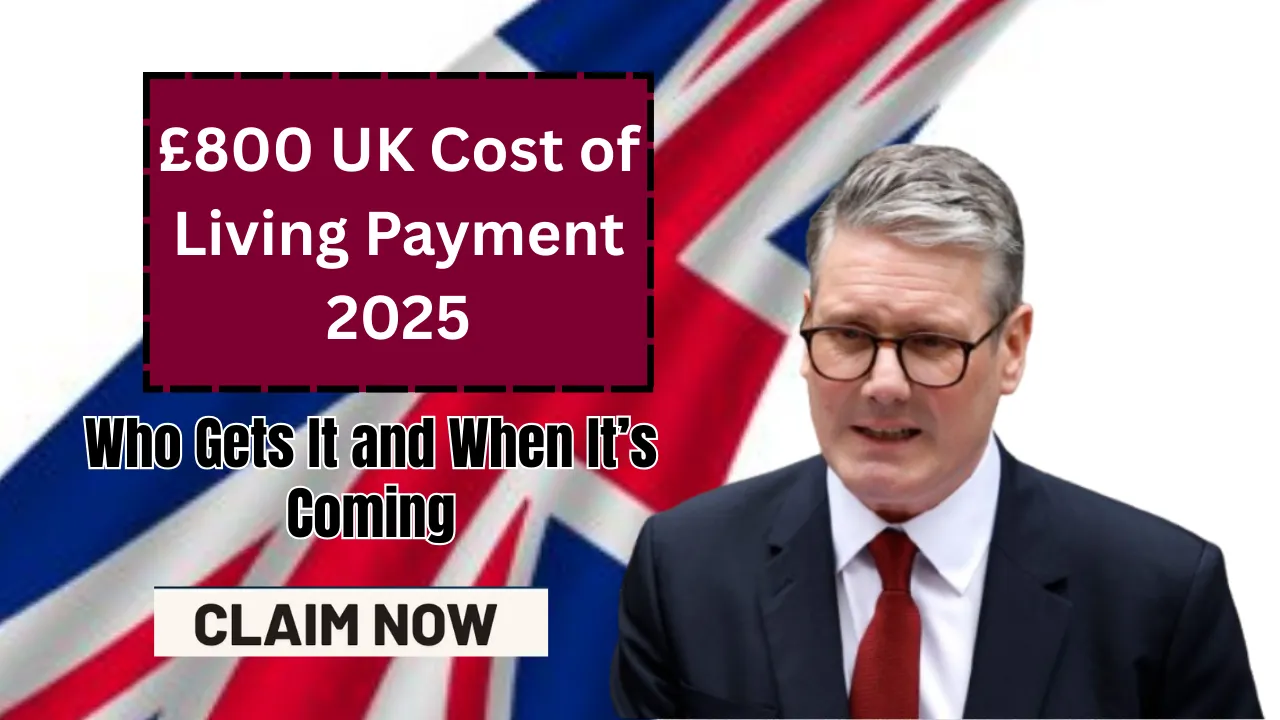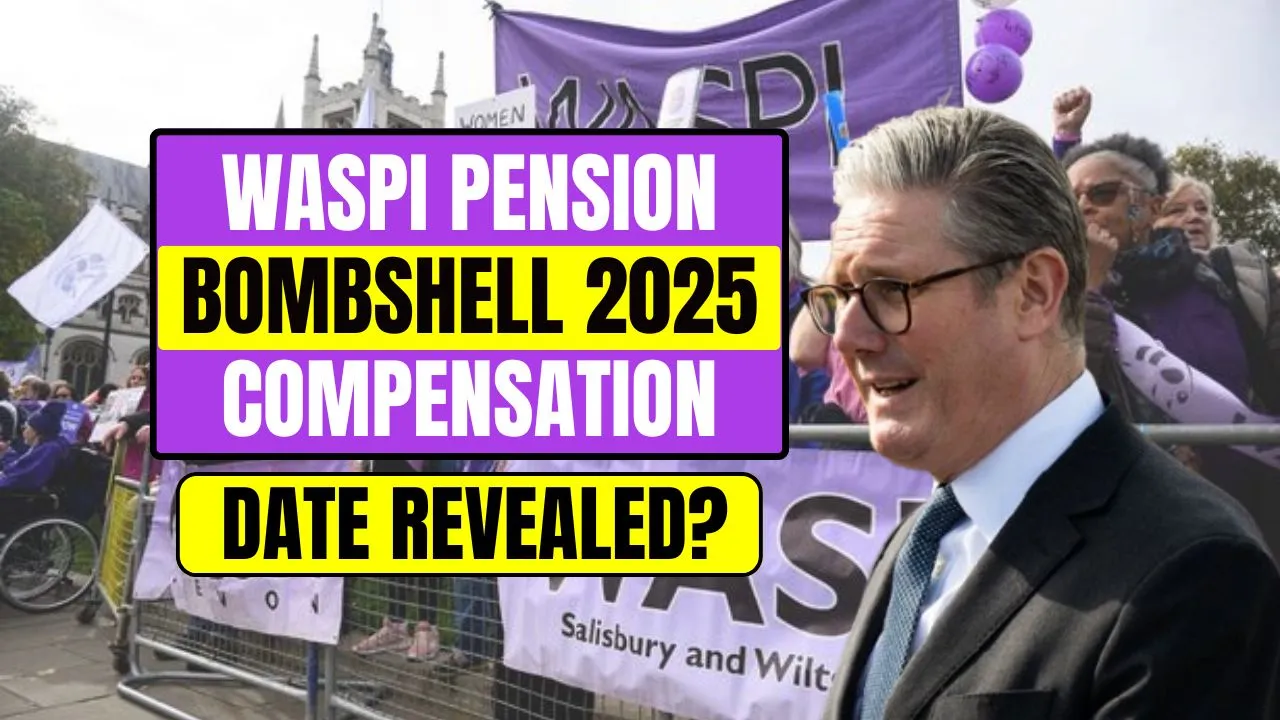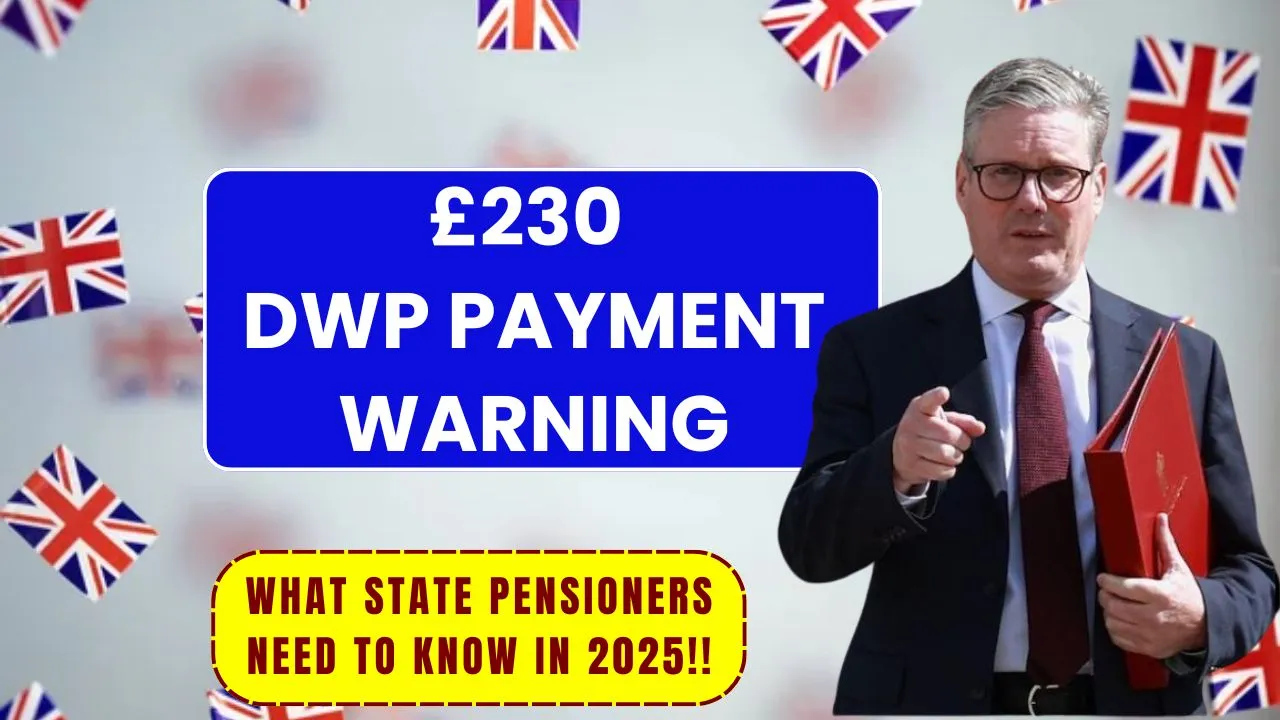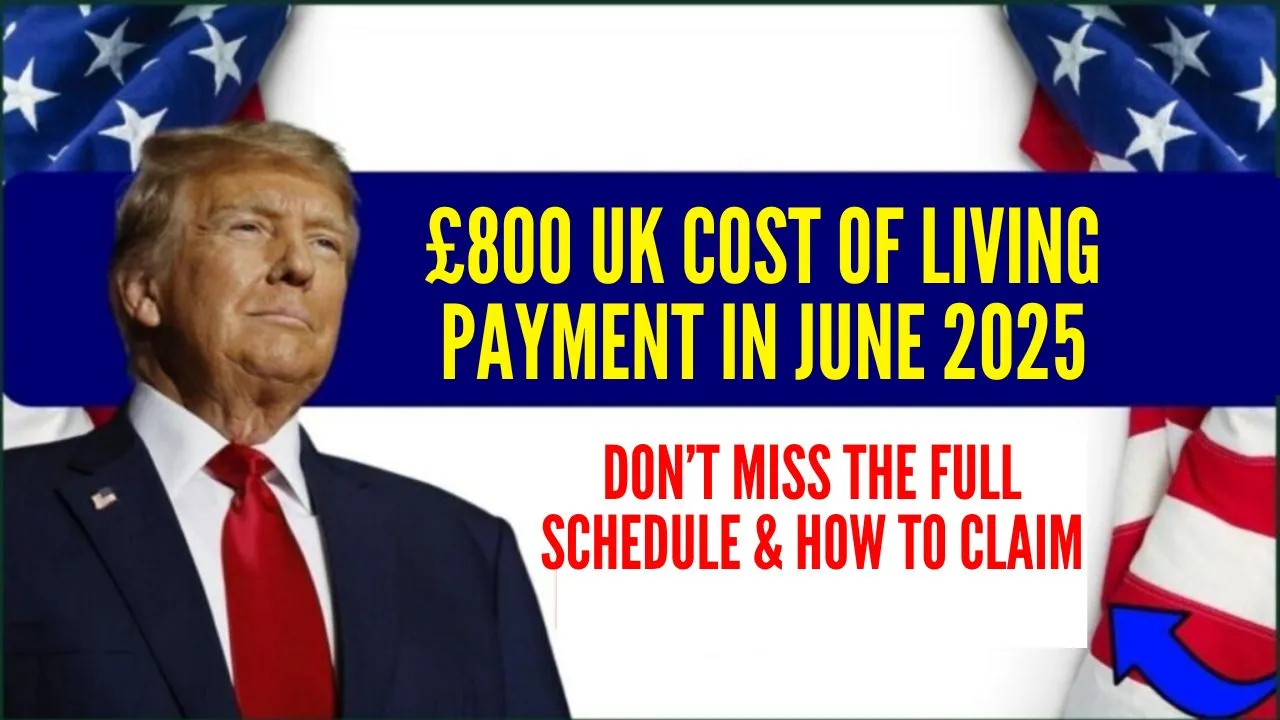DWP Cost of Living Boost: The DWP Cost of Living Boost for 2025 has officially been confirmed by the UK government, bringing much-needed relief to millions of households struggling with ongoing financial pressures. With inflation continuing to affect daily essentials like food, energy, and housing, the Department for Work and Pensions (DWP) has announced a structured series of payments aimed at supporting low-income and vulnerable individuals.
In this article, we break down what this support package includes, who qualifies, and when payments will be made. Whether you’re receiving benefits or supporting someone who is, this guide provides all the essential details in one place.
DWP £301–£500 Cost of Living Boost
The DWP Cost of Living Boost for 2025 will provide eligible UK residents with payments ranging from £301 to £500, depending on their personal circumstances and benefits status. These payments are non-repayable and are automatically sent to those already receiving qualifying benefits, making the process simple and accessible for those in need.
This year’s payment rollout is designed to ensure help is delivered in phases throughout the year, timed to support households during periods of increased financial demand.
Overview Table – DWP Cost of Living Boost 2025
| Details | Information |
| Payment Range | £301 – £500 |
| Payment Authority | Department for Work and Pensions (DWP) |
| Target Groups | Low-income individuals, disabled persons, carers |
| Confirmed Schedule | Spring, Summer, Autumn 2025 |
| Eligibility Basis | Receipt of qualifying benefits |
| Application Needed | No – payments are automatic |
| Official Website | gov.uk |
What Are the 2025 Cost of Living Payments?
First introduced in 2022, Cost of Living Payments were designed to help struggling households with rising prices. The 2025 version of this support continues that effort. These payments are divided into three parts to deliver timely assistance throughout the year:
- Spring 2025 (March–May): A base payment of £301 for all eligible recipients.
- Summer 2025 (July–August): An additional payment of up to £200 for specific vulnerable groups.
- Autumn 2025 (October–December): A final top-up to complete the total support.
This approach ensures ongoing help, especially during high-expense periods like back-to-school season and winter heating months.
£451 Cost of Living Support for Low-Income Families
Low-income families are among the key beneficiaries of the DWP Cost of Living Boost. With total support reaching up to £451 or more, this package helps cover unavoidable rising expenses like food, gas, and electricity bills.
The support is especially impactful for families with children or multiple dependents. By spreading the payments throughout the year, the government aims to keep households afloat without needing to wait for lump sums or go through complicated applications.
Eligibility Criteria
Eligibility is automatically determined based on the benefits you’re receiving during the designated periods. You do not need to apply separately for these payments.
Standard Eligibility – £301 Base Payment
You will receive the base amount if you are claiming any of the following:
- Universal Credit
- Income-based Jobseeker’s Allowance (JSA)
- Income-related Employment and Support Allowance (ESA)
- Income Support
- Pension Credit
- Child Tax Credit
- Working Tax Credit
- Housing Benefit
Higher Tier Eligibility – Up to £500 Total Support
Additional payments may apply if you fall under these categories:
| Category | Qualifying Conditions |
| Disability Benefits | Receiving PIP, DLA, Attendance Allowance, or similar |
| Health-Based Energy Support | Households needing extra heating due to medical conditions |
| Carers | Registered carers receiving Carer’s Allowance |
For more detailed checks, visit the DWP Benefits Checker online.
How Payments Will Be Made
The DWP will automatically deposit the Cost of Living Payments into the same bank account where you already receive your benefits. To ensure smooth and timely transactions, it’s important to:
- Verify your banking details with the DWP or HMRC portals.
- Keep your benefit award letters as proof of entitlement.
- Monitor your bank account during the expected payment windows.
If you qualify and don’t see the funds arrive as scheduled, contact the DWP helpline as soon as possible.
Why These Payments Matter in 2025
With the cost of living continuing to rise across the UK, these payments play a crucial role in helping families, seniors, and vulnerable individuals manage their day-to-day finances. According to recent data from the Office for National Statistics (ONS), around 25% of households are struggling to pay regular bills in 2025.
These financial boosts are more than just cash payments—they help prevent debt, reduce food insecurity, and offer a lifeline during uncertain economic times.
Impact of Rising Costs
The financial support comes in response to sharp increases in living costs across several essential categories. According to the ONS, here are the average annual increases recorded in early 2025:
| Expense Category | Average Annual Increase |
| Energy | 7.2% |
| Food | 8.1% |
| Housing | 5.4% |
| Transport | 6.3% |
These numbers underline the importance of timely and reliable government aid for struggling households.
Frequently Asked Questions
Q1. What is the maximum I can receive from the 2025 Cost of Living Payments?
You could receive up to £500 in total, depending on your situation and benefit status.
Q2. Do I need to apply to receive these payments?
No application is needed. If you’re eligible based on the benefits you receive, the payment will be made automatically.
Q3. When will the payments be made?
Payments will be issued in three phases: Spring (March–May), Summer (July–August), and Autumn (October–December).
Q4. Where will the payment be sent?
The funds will be deposited into the same bank account where you receive your usual benefits.
